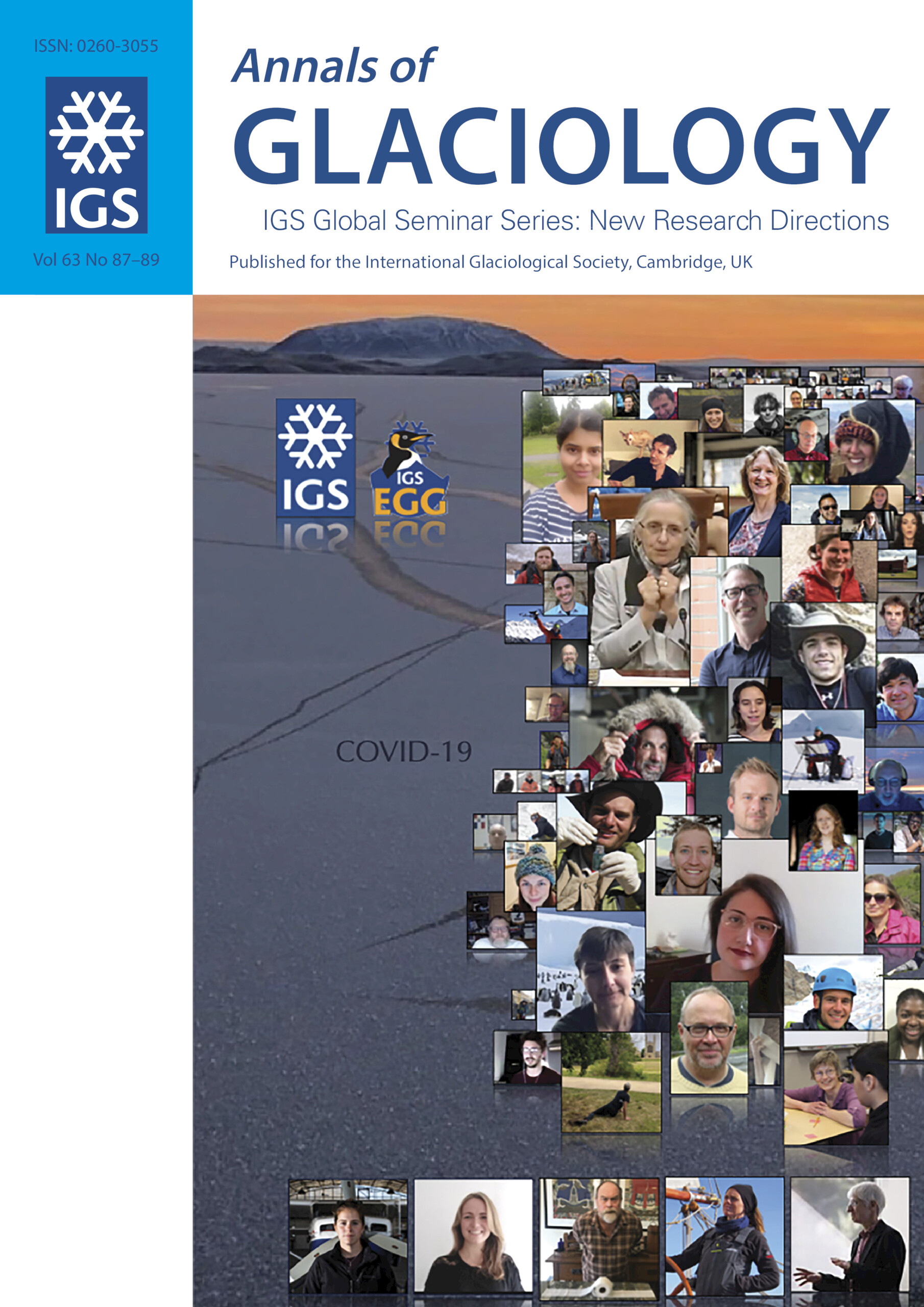
Our postdoctoral researcher Nicolás González Santacruz, together with IzotzaLab members Patricia Muñoz and Sérgio H. Faria, have published a new scientific article and a press release on the effects of impurities on the microstructure of the ice of the Monte Perdido glacier.
The paper has been officially published in the prestigious journal Annals of Glaciology, published by Cambridge University Press for the International Glaciological Society (IGS). In particular, this research was presented in the International Symposium on Ice in a Sustainable Society, which was held in Bilbao last summer and co-organized by members and collaborators of the IzotzaLab together with the IGS.
How to cite this article: González-Santacruz, N., Muñoz-Marzagon, P., Bartolomé, M., Moreno, A., Huidobro, J., & Faria, S. H. (2023). Effects of impurities on the ice microstructure of Monte Perdido Glacier, Central Pyrenees, NE Spain. Annals of Glaciology, First View, 1-14. doi:10.1017/aog.2023.66
ABSTRACT
Monte Perdido Glacier, located in the central Pyrenees, is one of the southernmost glaciers in Europe. Due to climate change, this glacier is suffering an accelerated mass loss, especially in the last decades. If the current trends persist, this glacier is expected to disappear in the next 50 years. As part of the efforts of the scientific community to increase the knowledge about this glacier, this research presents the first microstructural characterization of the Monte Perdido Glacier, focused on a high-impurity concentration segment that belongs to an ice core drilled in 2017. The results reveal the ice has a layering defined by air bubbles and non-soluble impurities. The bubble-defined layering exhibits features of both a primary (sedimentary) and a secondary (strain-induced) origin. We found a clear inverse correspondence between the particle concentration and the grains’ size and roundness index. A preliminary micro-Raman characterization of the particles shows the occurrence of atacamite, anatase (likely related to ancient mining activities in the vicinity of the glacier) and quartz. The latter could be an indicator of mineral dust, probably suggesting the arrival of dust-laden air masses from the north of the African continent.




